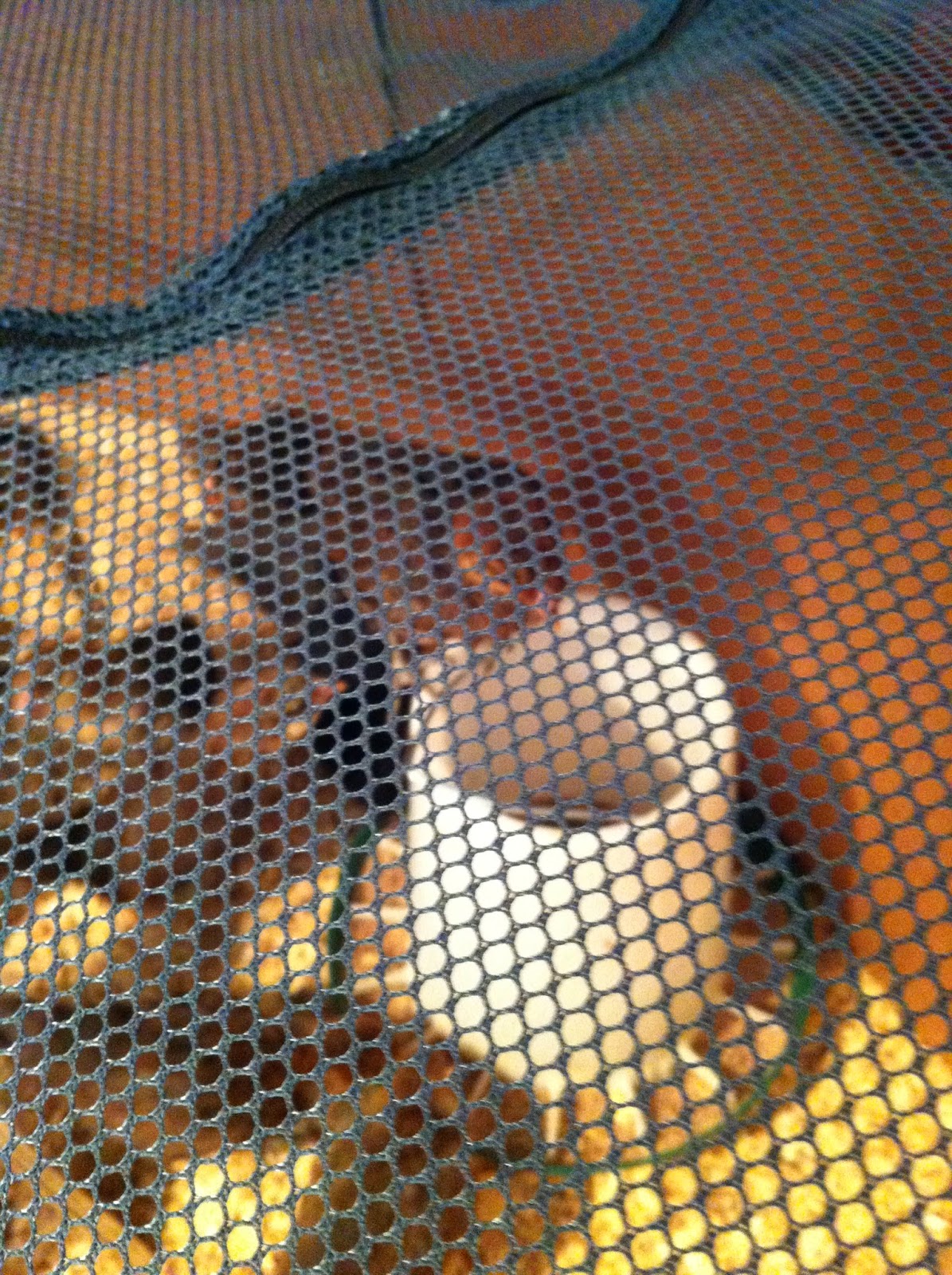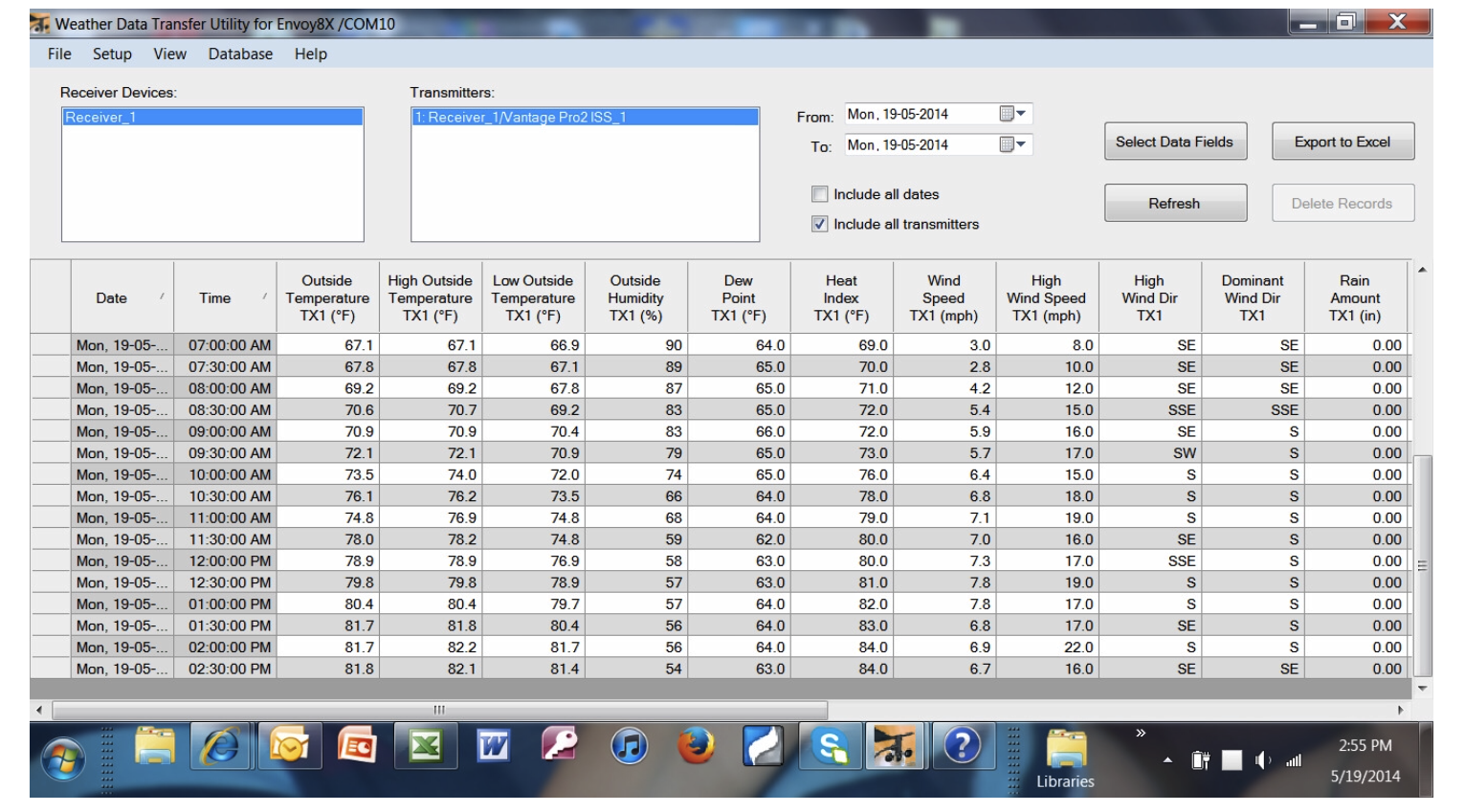I looked everywhere I could think. There wasn't any obvious signs of distress or carnage that would have been there had it been a hawk strike. It had just vanished.
So I thought.
Later in the day, determined not to lose yet another chicken, I had a better look around. I was aware that they had been going under the coop on one end for shade or escape from the rooster. So I knelt down as best I could to see if it was under the coop. The coop is on a slight slope, so the space underneath is wedge shaped. I had been looking on the higher end, thinking the lower end would be too low for a chicken.
Well, I was wrong. Tucked in the lowest section was the missing hen. I got a stick and eventually encouraged her out. Then I discovered FOUR eggs under there as well. I wasn't sure what was going on, but I knew I didn't want her laying eggs under the coop. Or if she was possibly a broody hen, I didn't want chicks hatching under there, too.
I stacked up the old boards around the gap, yet again, and will be more watchful in future.
 |
| The height under the coop is about 4 inches where the chicken was hiding. |
 |
| The lost chicken |
 |
| Old boards stacked up to prevent the chickens getting under the coop. |
 |
| One of the eggs cracked as I was getting them out. |























































